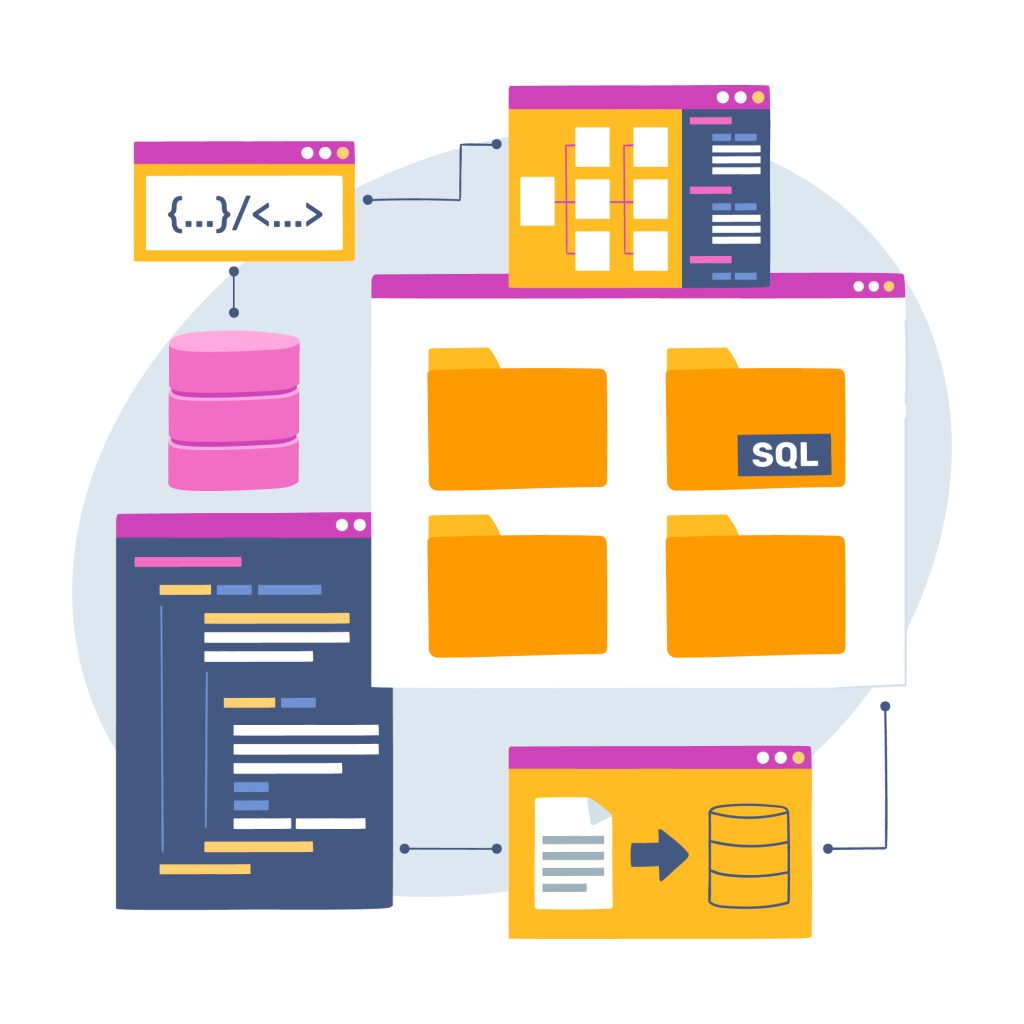
Difference between NoSQL and NewSQL
Table of Contents
Are you tired of the limitations of traditional relational databases? Do you find yourself craving a more flexible and scalable solution for your data storage needs? Look no further than the world of NoSQL and NewSQL! These two innovative database technologies are revolutionizing the way businesses handle their data, offering enhanced performance and flexibility that traditional SQL databases simply can’t match. In this blog post, we’ll dive deep into what sets NoSQL and NewSQL apart, explore their respective pros and cons, discuss real-world use cases, and help you choose the right database solution for your unique needs. So buckle up as we embark on an exciting journey through the fascinating worlds of NoSQL and What Is NewSQL!
What is NoSQL?
What exactly is NoSQL? Well, let’s start by breaking down the acronym. “No” stands for “not only,” while “SQL” refers to structured query language, which is the standard language used for managing and manipulating relational databases.
Unlike traditional SQL databases that rely on a fixed schema and predefined tables to store data, NoSQL databases take a different approach. They embrace flexibility by allowing you to store unstructured or semi-structured data in various formats like key-value pairs, documents, graphs, or wide-column stores.
Understanding NewSQL
NewSQL is a relatively new approach to database management that combines the scalability and performance of NoSQL databases with the ACID (Atomicity, Consistency, Isolation, Durability) properties of traditional SQL databases. It aims to bridge the gap between the two by providing a flexible and scalable solution for handling large volumes of data while maintaining transactional consistency.
Unlike NoSQL databases, which sacrifice some level of consistency for scalability, NewSQL databases provide strong consistency guarantees without compromising on performance. They achieve this through innovative techniques like distributed computing and parallel processing.
Pros of NoSQL
NoSQL databases have gained popularity in recent years due to their ability to handle large volumes of unstructured data. Here, we will explore some of the pros and cons of using a NoSQL database.
- One major advantage of NoSQL is its flexibility. Unlike traditional relational databases, which require predefined schemas, NoSQL allows for dynamic schema changes.
- Another benefit is scalability. NoSQL databases are designed to scale horizontally, meaning they can handle increased workloads by adding more servers rather than relying on a single server to handle all requests.
- Additionally, NoSQL offers high availability and fault tolerance. By replicating data across multiple nodes, even if one node fails, the system can still function without interruption.
Pros of NewSQL
NewSQL databases have gained popularity in recent years due to their ability to combine the benefits of traditional SQL databases with the scalability and performance advantages of NoSQL systems. However, like any technology, NewSQL has its own set of pros and cons that should be considered before implementation.
- One of the major advantages of NewSQL is its ability to handle both structured and unstructured data efficiently. This allows organizations to store and process a wide range of data types without sacrificing performance or data integrity.
- Another benefit of using NewSQL is its seamless integration with existing SQL-based applications. Since most organizations already have SQL expertise within their teams, adopting a NewSQL solution can simplify development efforts and reduce the learning curve for developers.
Also Read: Metro by T-Mobile: Prepaid Phones on Affordable Plans
Conclusion
In this article, we have explored the key differences between NoSQL and NewSQL databases. Both of these database solutions offer unique advantages and are suitable for different use cases.
NoSQL databases excel in handling large amounts of unstructured or semi-structured data, making them ideal for applications that require high scalability and flexibility. They provide a schema-less model, allowing developers to store data without predefined structures or relationships. However, they may lack certain features like ACID transactions and strong consistency.
On the other hand, What Is NewSQL databases combine the best aspects of traditional SQL databases with modern scalability requirements? They offer the benefits of structured data modeling along with improved performance and horizontal scalability. NewSQL databases also provide ACID transactions and maintain strong consistency while supporting distributed architectures.

